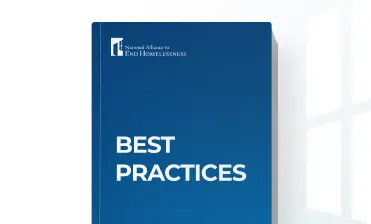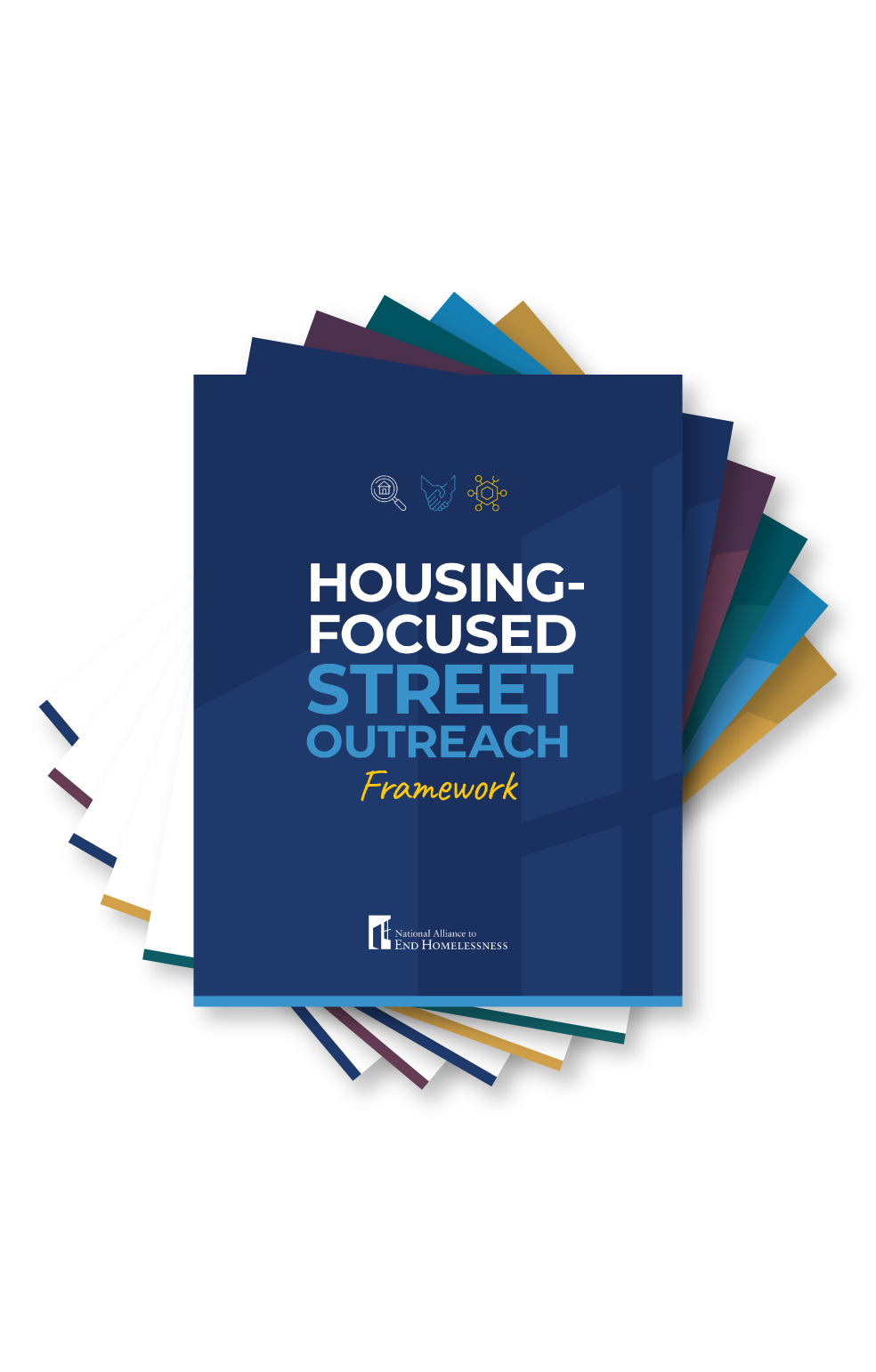Resource Key Issue: Federal Funding
-

Surveying Local Homeless Service Providers (Part 3): Responses from November 2020
The latest installment of community surveys reflects the findings of a third online survey of Continuum of Care leaders. These findings reflect how homeless service providers and systems…
-

How to Effectively Work with Federal, State, and Local Leaders
Regular engagement with elected officials is critical to any community’s efforts to end homelessness.
-

Funding for Youth Rapid Re-Housing Has Grown 20x Since 2014
Thanks to the leadership of innovative youth RRH providers and the advocacy of young people themselves, communities are embracing Housing First and rapid re-housing (RRH) to end youth…
-

Increased Investments in Ending Veteran Homelessness Are Paying Off
Since 2010, the United States has cut veteran homelessness almost in half, providing a model for ending homelessness for all groups nationwide. Three components were critical to this decline:..
-

Homelessness and the Opioid Crisis: Background, Funding, and Resources
In October, 2017, President Donald Trump declared the opioid crisis a public health emergency. Years of rising prescription opioid use and misuse, followed by a surge in the use of illicit opioids have led to a spike in both overdoses and deaths in the United States.
-

Strategies to Secure and Expand Funds for Rapid Re-Housing
This brief is designed to help Continuums of Care (CoCs) identify successful strategies to increase resources to expand RRH.
-

FY16 HUD CoC Program Scoring Criteria Summary
Download our NOFA Score Estimating tool to help visualize and think strategically about the scoring criteria for the 2016 Continuum of Care NOFA…
-

Homelessness: A State of Emergency
In 2015, largely due to increases in their unsheltered homeless population, three communities, Seattle/King County, WA, Portland, OR, and the State of Hawaii officially declared a homelessness state of emergency (SOE); Los Angeles has also stated its intent to declare. This brief will describe the homelessness SOEs that have been declared since October 2015, note…
-

Using Advocacy to End Homelessness
This comprehensive toolkit is designed to provide you with all of the tools that you might need to engage in advocacy around elevating solutions to homelessness as a federal policy priority.











